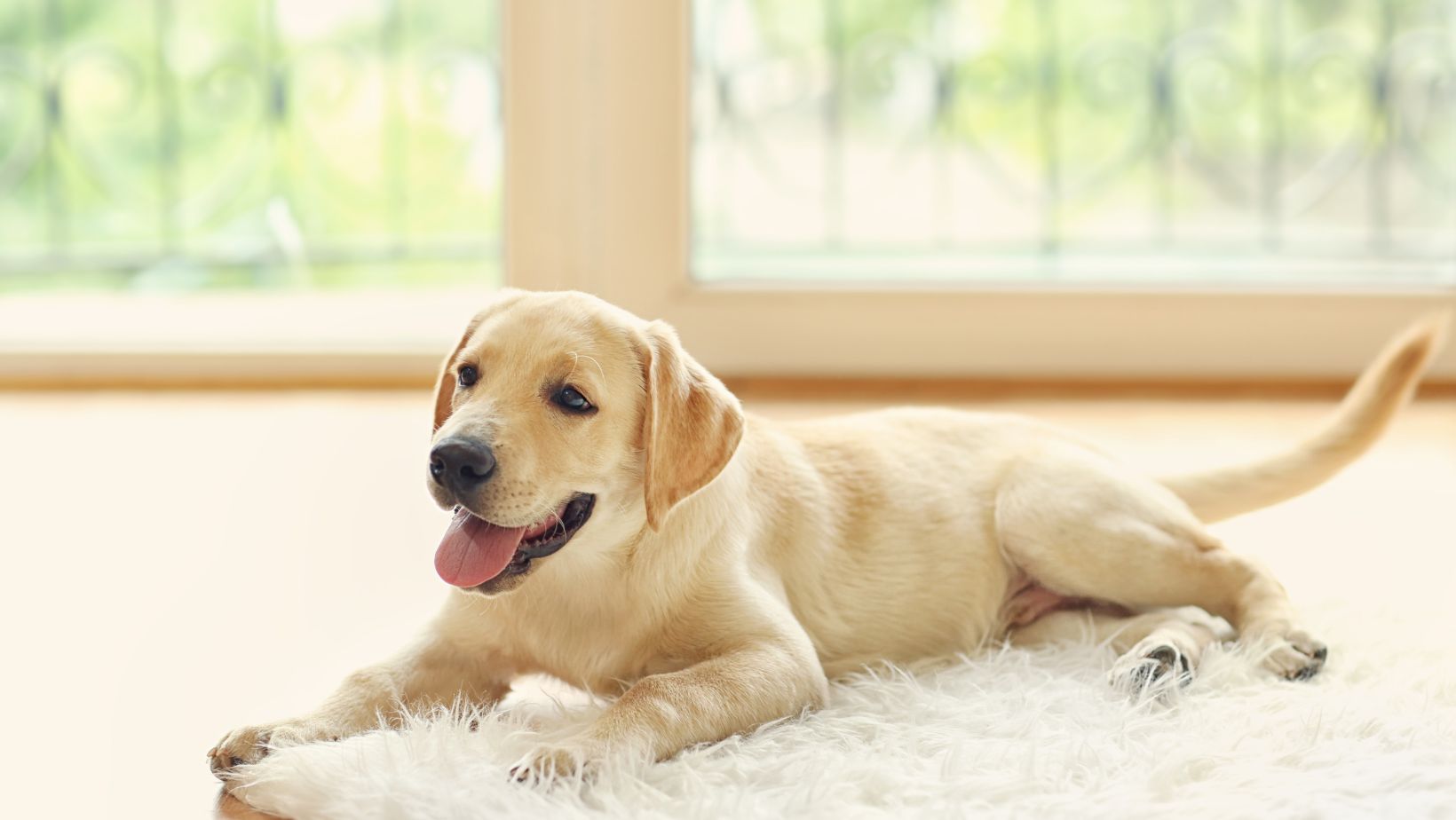How to Stop Your Puppy from Whining
If you’re a proud owner of a Labrador puppy, you may find yourself dealing with the challenge of excessive whining. While puppies use whining as a way to communicate their needs and desires, it’s important to address this behaviour early on to prevent it from becoming a habit. In this article, I’ll share some effective strategies to help stop your Labrador puppy from whining, ensuring a peaceful and harmonious environment for both of you.
One key aspect in addressing your Labrador puppy’s whining is understanding the underlying causes. Puppies often whine when they’re hungry, need to use the bathroom, or seek attention and companionship. By recognizing these triggers, you can better respond to your puppy’s needs in an appropriate manner.
To curb the whining behaviour, it’s crucial to establish consistent routines for feeding, potty breaks, exercise, and playtime. By providing structure and predictability in your Labrador’s daily routine, you can minimise anxiety and uncertainty that may contribute to excessive whining.
Addressing Basic Needs for Your Labrador Puppy
When it comes to stopping your Labrador puppy from whining, addressing their basic needs is an essential first step. Understanding and fulfilling these needs can help alleviate their distress and promote a calmer behaviour. Here are some key areas to focus on:
- Proper Nutrition: Ensuring that your Labrador puppy is receiving a well-balanced diet is crucial for their overall health and well-being. Consult with your veterinarian to determine the appropriate food type, portion size, and feeding schedule for your puppy’s age and breed. Providing them with nutritious meals will not only keep them physically healthy but also contribute to their emotional stability.
- Sufficient Exercise: Labradors are a high-energy breed that requires regular exercise to release their pent-up energy. A tired dog is often a content dog, so make sure to incorporate daily physical activities into their routine. Engaging in interactive play sessions, going for walks or runs, or even participating in obedience training can help tire them out both mentally and physically.
- Mental Stimulation: Keeping your Labrador’s mind stimulated is just as important as providing physical exercise. Boredom can lead to excessive whining or destructive behaviors. Offer mentally enriching activities such as puzzle toys, training exercises, or hide-and-seek games that encourage problem-solving and engage their intelligence.
- Comfortable Living Environment: Creating a safe and comfortable living space for your Labrador puppy plays a significant role in reducing anxiety-related whining episodes. Provide them with a cozy bed or crate where they can retreat when they feel overwhelmed or need some alone time. Make sure the temperature is suitable, there’s access to clean water at all times, and they have plenty of toys to keep them entertained.
- Consistent Routine: Establishing a consistent daily routine helps Labradors develop a sense of predictability and security in their environment. Dogs thrive on structure, so try to maintain a regular schedule for feeding, exercise, playtime, and rest. This consistency will help them feel more secure and reduce potential triggers for whining.
Using Positive Reinforcement Techniques
One effective approach to stop your puppy from whining is by employing positive reinforcement techniques. These methods focus on rewarding desired behaviors rather than punishing unwanted ones. By using positive reinforcement, you can encourage your Labrador puppy to exhibit calm and quiet behavior instead of incessant whining.
Here are some helpful techniques to implement:
- Reward Silence: Whenever your puppy remains quiet without whining, provide immediate praise and rewards such as treats or verbal affirmations like “good job” or “well done.” This reinforces the idea that staying quiet leads to positive outcomes.
- Ignore Whining: It’s crucial not to reinforce the whining behavior unintentionally. If you give in to your puppy’s demands when they whine, it teaches them that whining gets them what they want. Instead, ignore the whining and only respond when your pup has settled down and stopped making noise.
- Distraction with Toys: Provide your Labrador puppy with engaging toys or chew treats whenever they start to exhibit signs of restlessness or begin whimpering. Redirecting their attention towards an appropriate activity can help distract them from their desire to vocalize through whining.
- Crate Training: Introduce crate training as a safe space for your puppy where they can retreat when feeling anxious or overwhelmed. Make sure the crate is comfortable with bedding and enticing toys inside. Gradually increase the duration of time spent in the crate while rewarding periods of calmness and silence.
- Consistency is Key: Be consistent in applying these positive reinforcement techniques throughout your training sessions with your Labrador puppy. Consistency helps establish clear expectations and reinforces desired behaviors over time.
Remember, puppies may use whining as a means of communication, especially when they need something essential like food, water, or bathroom breaks. Ensure that all their basic needs are met before addressing any persistent whining behavior.
